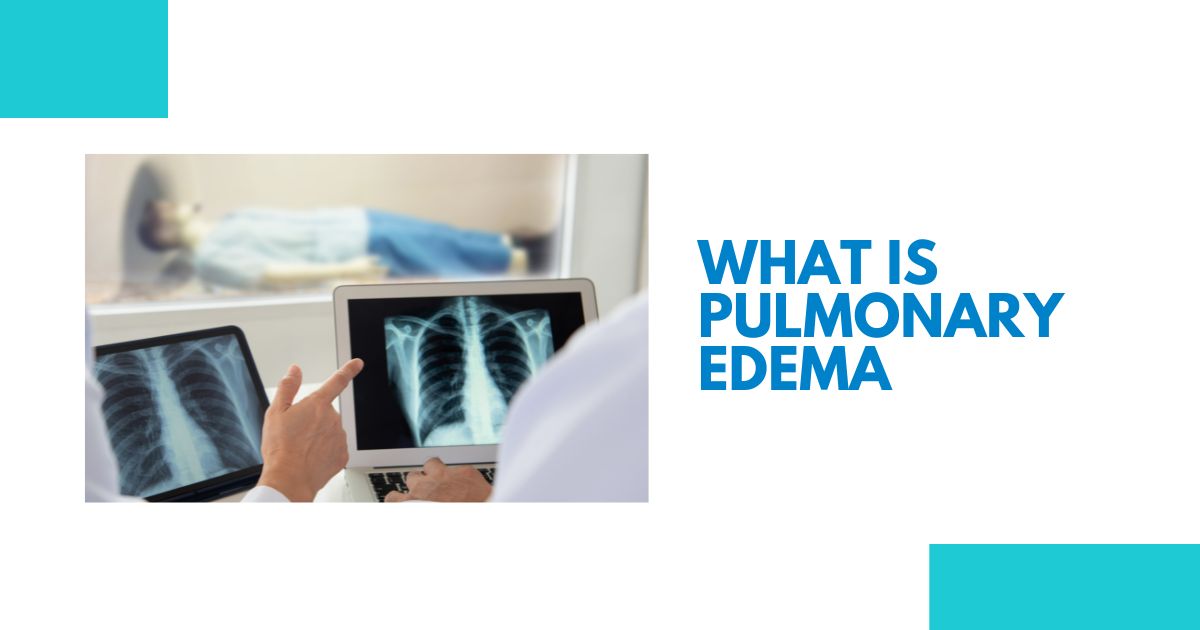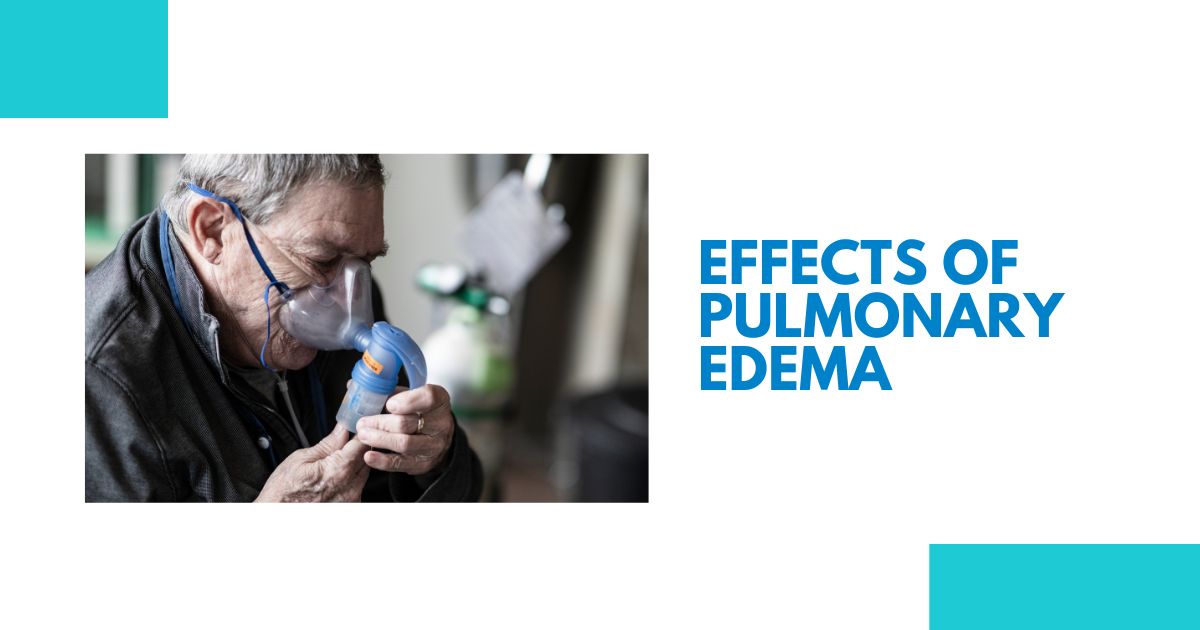What is Pulmonary Edema
Pulmonary edema is a condition characterized by the accumulation of fluid in the lungs. This accumulation of fluid can make it difficult for oxygen to reach the bloodstream, leading to shortness of breath and other symptoms. The condition can be caused by a variety of factors, including heart failure, kidney failure, and severe infection. In this article, we will explore the causes, symptoms, diagnosis, and treatment options for pulmonary edema.
Causes
Pulmonary edema occurs when the small blood vessels in the lungs become leaky, allowing fluid to escape into the air spaces of the lungs. This fluid accumulation can be caused by a variety of factors, including:
- Heart failure: The most common cause of pulmonary edema is heart failure. When the heart is unable to pump blood efficiently, the pressure in the blood vessels leading to the lungs increases, causing fluid to leak out.
- Kidney failure: When the kidneys are not functioning properly, excess fluid can build up in the body, including the lungs, leading to pulmonary edema.
- Infection: Severe infections such as pneumonia can cause inflammation in the lungs, leading to fluid accumulation.
- High altitude: At high altitudes, the air pressure is lower, and the body may have difficulty getting enough oxygen. This can cause the blood vessels in the lungs to constrict, leading to fluid accumulation.
- Lung injury: Injury to the lungs, such as from inhalation of toxic chemicals, can cause inflammation and fluid accumulation.
Symptoms
The symptoms of pulmonary edema can vary depending on the severity of the condition. Some common symptoms include:
- Shortness of breath: This is the most common symptom of pulmonary edema. Patients may feel like they can’t catch their breath, even when at rest.
- Coughing: Patients may cough up frothy, pink-tinged sputum.
- Chest pain: Patients may experience chest pain or discomfort.
- Fatigue: Patients may feel tired or weak.
- Rapid heartbeat: Patients may experience a rapid or irregular heartbeat.
Diagnosing Pulmonary Edema:
Pulmonary edema can be diagnosed using a variety of tests, including:
- Chest X-ray: This test can show if there is fluid in the lungs.
- CT scan: This test can show if there is fluid in the lungs and can also detect other lung problems.
Ultrasound is not the primary imaging modality used to diagnose pulmonary edema as it is not able to visualize the lungs directly. However, ultrasound can be used in some cases to evaluate the heart and other organs to assess for possible causes of pulmonary edema.
Some common ultrasound scans that may be done in patients with pulmonary edema include:
- Echocardiogram: This test uses sound waves to create images of the heart and can show if there is a problem with the heart’s function, which can be a common cause of pulmonary edema.
- Abdominal ultrasound: This test can be used to evaluate the liver, which can be affected in some cases of heart failure, leading to fluid buildup and pulmonary edema.
- Renal ultrasound: This test can be used to evaluate the kidneys, which can be affected in some cases of kidney failure, leading to fluid buildup and pulmonary edema.
Treatment of Pulmonary Edema:
The treatment of pulmonary edema depends on the underlying cause of the condition. Some common treatments include:
- Oxygen therapy: Patients may be given supplemental oxygen to help them breathe.
- Diuretics: These medications can help reduce fluid buildup in the body.
- Blood pressure medication: If the underlying cause of pulmonary edema is high blood pressure, medication to lower blood pressure may be prescribed.
- Inotropic medications: These medications can help improve heart function in patients with heart failure.
- Mechanical ventilation: In severe cases of pulmonary edema, mechanical ventilation may be necessary to help the patient breathe.
Can Pulmonary Edema Cause Sudden Death?
Yes, in some cases, pulmonary edema can cause sudden death. This is more likely to occur in patients with severe pulmonary edema or those with underlying heart disease.
The life expectancy of a person with pulmonary edema can vary depending on the underlying cause of the condition, the severity of the pulmonary edema, and the effectiveness of treatment.
In some cases, pulmonary edema may be a reversible condition that can be treated successfully, leading to a normal life expectancy. For example, if the underlying cause of the pulmonary edema is a medication that can be discontinued or treated, the condition may resolve completely, and the person can live a normal life.
However, in other cases, pulmonary edema may be a sign of a more serious underlying condition, such as heart or kidney failure, which can lead to a reduced life expectancy. In these cases, the life expectancy will depend on the severity of the underlying condition, the effectiveness of treatment, and the person’s overall health status.
It is essential to seek prompt medical attention if you are experiencing symptoms of pulmonary edema, as early diagnosis and treatment can improve outcomes and potentially improve life expectancy.
Risk factors
There are several risk factors that can increase a person’s likelihood of developing pulmonary edema. Some of the most common risk factors include:
- Heart disease: Heart disease is a major risk factor for pulmonary edema, as it can impair the heart’s ability to pump blood effectively, leading to fluid buildup in the lungs.
- High blood pressure: High blood pressure can damage blood vessels in the lungs, leading to fluid buildup and pulmonary edema.
- Kidney disease: Kidney disease can cause fluid retention, which can contribute to the development of pulmonary edema.
- Lung disease: Chronic lung diseases such as chronic obstructive pulmonary disease (COPD) and pneumonia can increase the risk of pulmonary edema.
- Obstructive sleep apnea: Obstructive sleep apnea is a sleep disorder that can cause episodes of low oxygen levels and increased carbon dioxide levels, which can contribute to the development of pulmonary edema.
- Exposure to toxins: Exposure to toxins such as carbon monoxide and other harmful chemicals can damage the lungs and increase the risk of pulmonary edema.
- Certain medications: Some medications, such as nonsteroidal anti-inflammatory drugs (NSAIDs) and chemotherapy drugs, can increase the risk of pulmonary edema.
- Age: The risk of pulmonary edema increases with age, as the body’s organs and systems begin to decline.
It is important to note that while these risk factors can increase a person’s likelihood of developing pulmonary edema, not everyone with these risk factors will develop the condition. Additionally, pulmonary edema can occur in people without any known risk factors.












